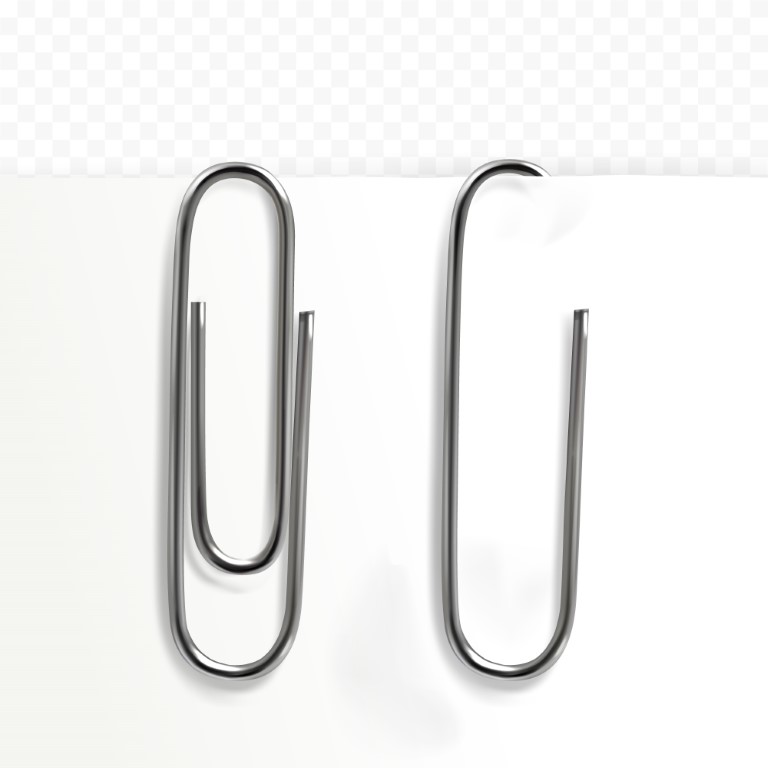Introduction: A Small Object with a Big Legacy
We use it almost daily, yet rarely stop to wonder where it came from. Whether holding a stack of reports or serving as a quick fix for a broken zipper, the humble paper clip is one of the most quietly essential tools in modern life. But have you ever asked yourself about the history of the paper clip? Who invented it? Why does it look the way it does? And has it always been like this?
In this article, we’ll take a twisty journey through the origen del sujetapapeles, exploring its curious past, strange variations, and even how it became a symbol of resistance in wartime. From early prototypes to modern design, you’ll discover that the paper clip is far more than a simple loop of wire.
Origins: Holding Paper Before the Clip
Before the paper clip as we know it, people still needed to organize their documents. In the 13th century, parchment and early papers were often sewn together using thread. Later, wax seals and ribbons served a similar purpose. By the 19th century, straight pins and staples became more common.

But these methods had downsides — pins could tear paper, and ribbons required punching holes. A better solution was needed: a reusable, non-damaging device to keep paper together.
Who Invented the Paper Clip?
The question “who invented the clip” isn’t as straightforward as you might think. Several inventors tried to solve the problem of binding papers in the late 1800s, but the most commonly credited design came from Johan Vaaler, a Norwegian patent clerk.
Johan Vaaler: The Often-Miscredited Inventor
In 1899, Vaaler patented a paper fastener in Germany and later in the U.S. However, his design lacked the double loop we associate with modern paper clips and didn’t grip papers as well. Ironically, while Norway celebrates Vaaler as the paper clip’s creator, the design we use today came from somewhere else.
The Gem Paper Clip: The Real MVP
The Gem paper clip, with its elegant double-loop design, was already in widespread use by 1900, though no patent for it was ever filed. The Gem Manufacturing Company in England likely produced it as early as the 1870s. The design was practical, easy to manufacture, and effective—traits that helped it stand the test of time.

The Evolution of the Clip
Designs Over Time
While the Gem clip remains the most iconic, hundreds of alternative paper clip designs have been patented. Some featured triangular loops, others had multiple layers or added prongs. None, however, managed to dethrone the Gem.
Here are a few notable variations:
- Owl Clip – with flattened sides for extra grip
- Ideal Clip – using a bent metal strip rather than a loop
- Non-skid Clip – included ridges to prevent slipping
These designs targeted niche problems but never achieved mainstream adoption.
From Office to Icon
During World War II, Norwegians adopted the paper clip as a symbol of resistance against Nazi occupation. Since Vaaler was Norwegian, the clip became a quiet emblem of national pride and solidarity. People wore paper clips on their lapels in protest—a symbol of unity and defiance.
Cultural Impact and Modern Uses
The paper clip has gone beyond its initial function in fascinating ways:
- Microsoft’s Clippy – Perhaps the most infamous paper clip of the digital age, Clippy was Microsoft Word’s animated assistant in the early 2000s.
- MacGyver Moments – Paper clips are often portrayed as tools for lockpicking or emergency repairs in TV shows and films.
- Paperclip Maximizer – A thought experiment in AI ethics imagining an AI that turns all matter into paper clips.
Fun Facts About the Paper Clip
- The average office worker uses over 11 paper clips a day.
- The world’s largest paper clip, located in Canada, stands nearly 30 feet tall.
- In 2005, a man named Kyle MacDonald famously traded a red paper clip for a house, in a series of 14 trades.

Conclusion: A Small Tool That Made a Big Difference
The history of the paper clip is more than the story of a simple office supply. It’s a tale of innovation, symbolism, and cultural relevance. From its uncertain origins and the debate over who invented the clip, to its quiet impact on everyday life, the evolution of the clip is surprisingly rich.
Next time you fasten a stack of papers, take a moment to appreciate this tiny marvel of design. What other everyday objects hide stories as fascinating as the paper clip?
